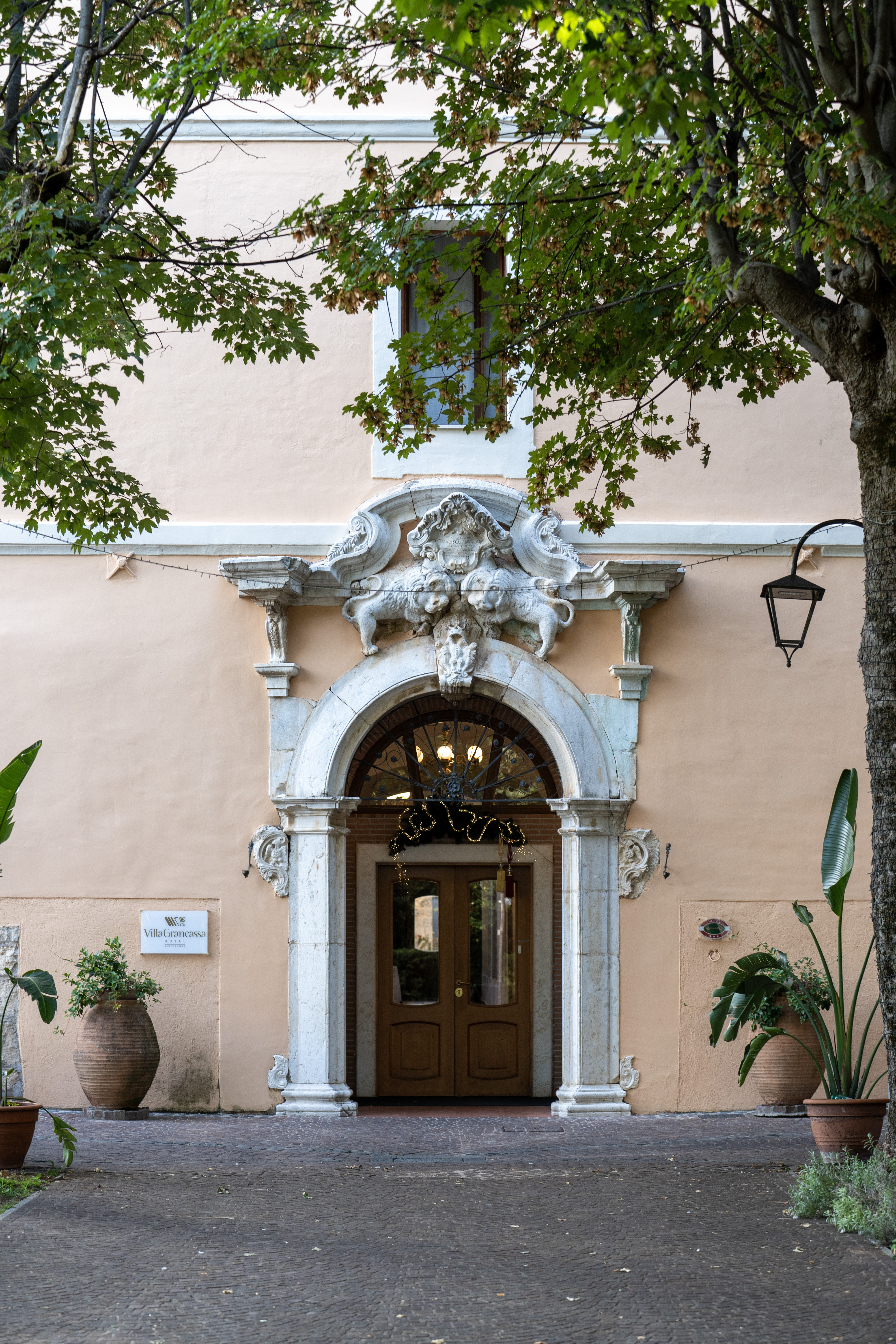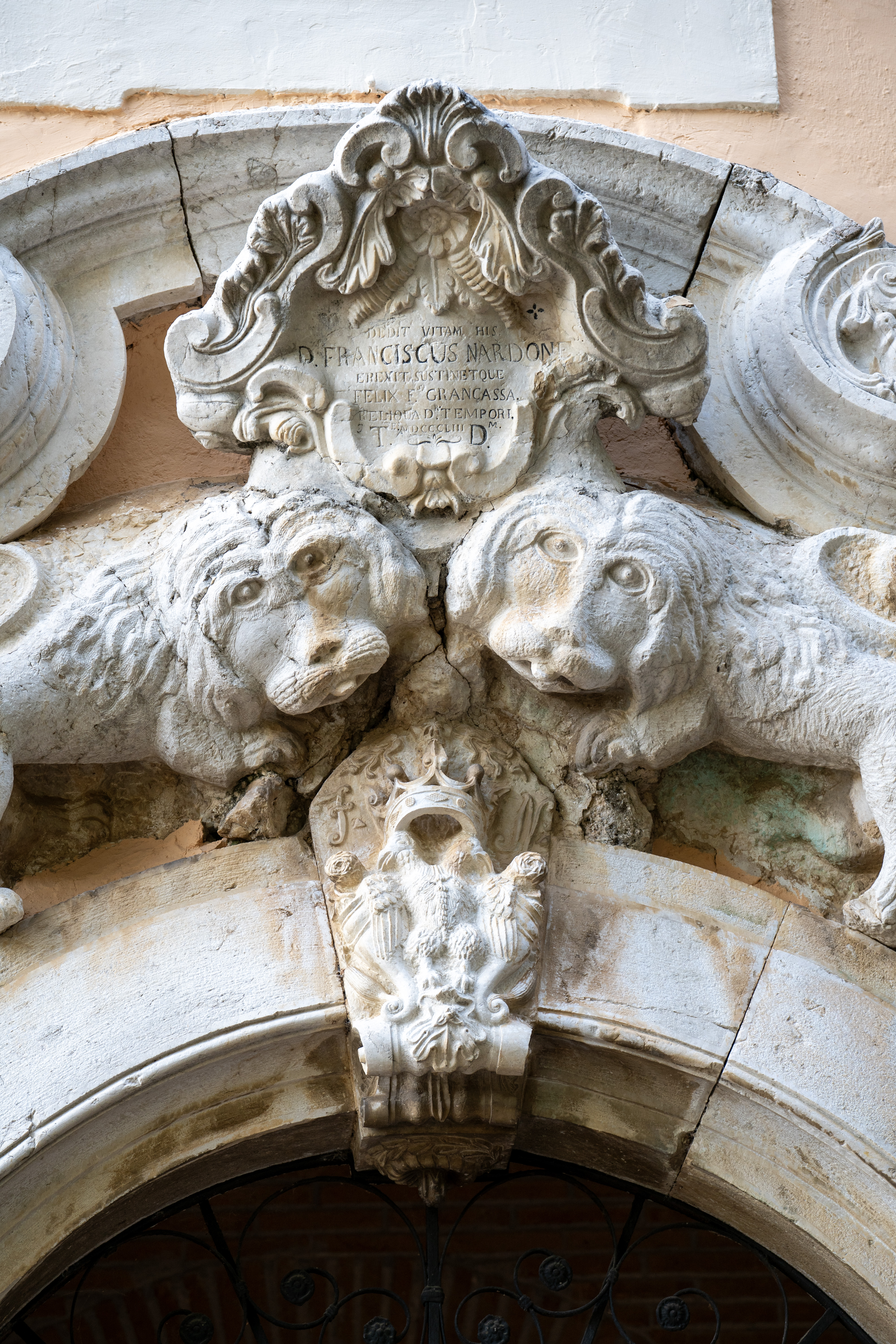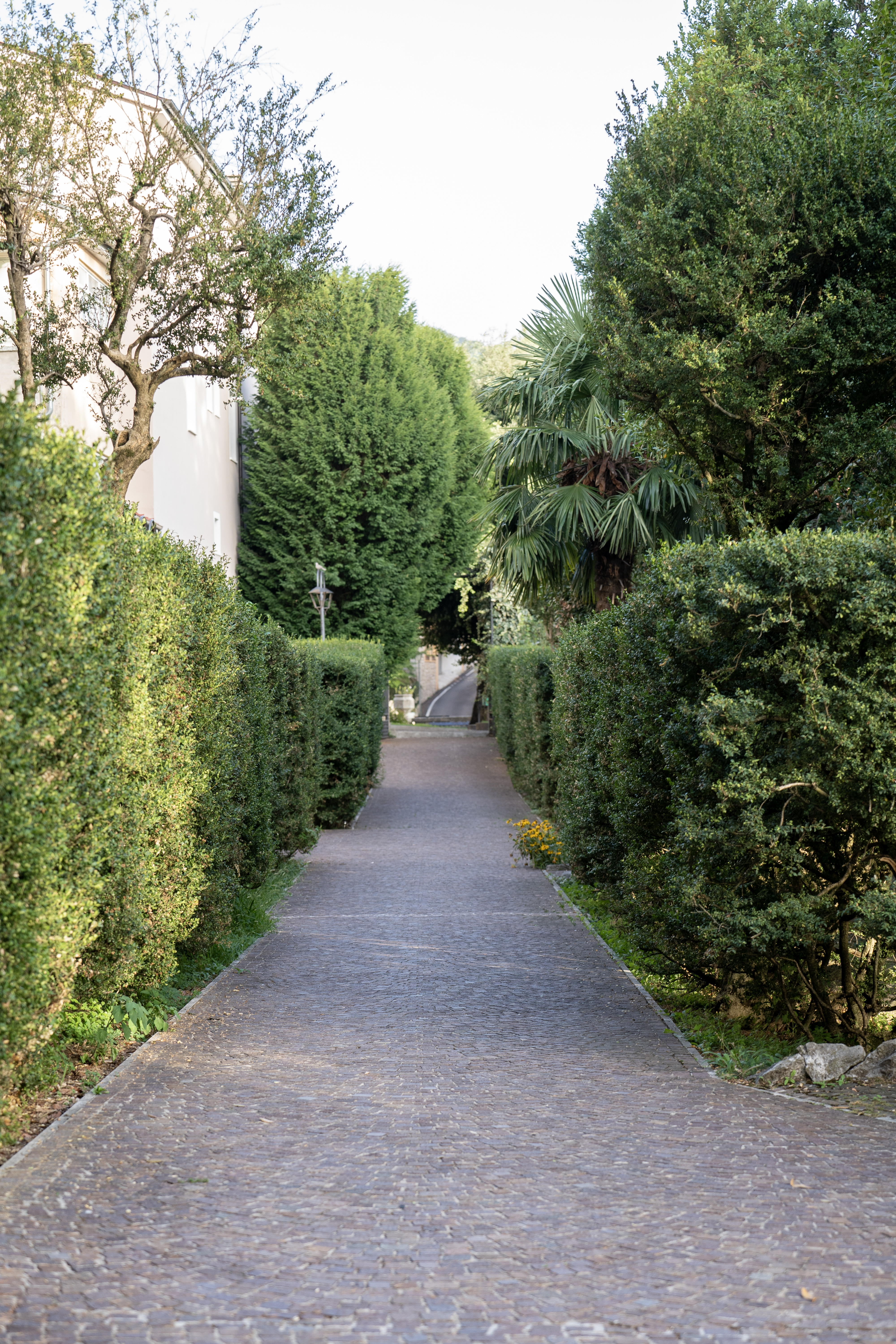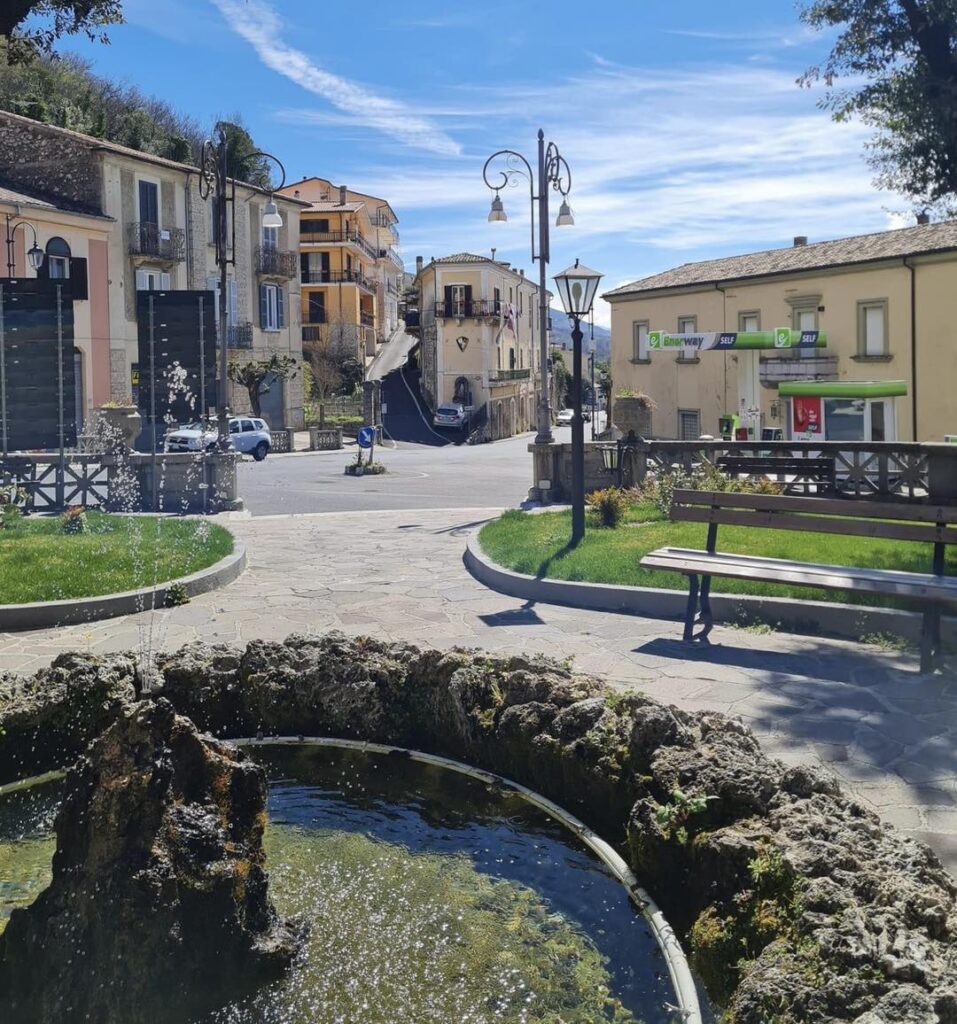November IV Square
Historical landmark
Until the second half of the 19th century, the present-day Piazza IV Novembre, Via Roma and Via Garibaldi did not exist. These areas consisted of parcels of land belonging to several local landowners: Saverio Sipari, Francesco Grancassa, Giovanni Coletti (father of Mayor Carlo) and the Musilli sisters.
The history of Via Roma began in the 1880s, when the Alvito-San Donato road was built on the land of Saverio Sipari and Giovanni Coletti. The two owners gave their land free of charge to the municipality, while land belonging to others was expropriated. Previously, the entire area belonged to the Friars' Convent, which could be reached from the town through a lane.
Led by Mayor Carlo Coletti, the municipal administrators decided to create a new entrance to the village, despite the fact that the initial plan called for the road coming from Alvito to connect directly to what we now call Via Mazzini. A new artery was built, leading from the washhouse area to what is now Piazza IV Novembre (today's Via Roma). This choice allowed the citizens of San Donato Val di Comino to build new houses, thus promoting the expansion of the town center.
Villa Grancassa
In the picturesque setting of San Donato Val di Comino, stands the enchanting Villa Grancassa, an architectural jewel that has its roots in the first half of the 19th century. The villa's history began in 1853, when Don Francesco Nardone, an enlightened priest, laid the groundwork for its construction. At the head of the project was Don Felice Grancassa, his student and heir, who turned this vision into reality.
During construction, the lack of water caused by a prolonged drought did not deter Don Felice. Instead of stopping work, he opened his cellars and used the wine from his barrels to knead the mortar, a gesture of generosity that became legend.
Felice's legacy was enriched by his son, Francesco, known as Don Ciccio. A law graduate from the University of Naples, Francesco expanded the villa and further enriched it. His two daughters, Felicetta and Rosolinda, inherited the property but the family's prosperity was severely tested by the Marsica earthquake in 1915, which severely damaged the structure, leaving the villa partly in ruins.
Despite the tragedy, Francis built earthquake-resistant cottages near the damaged palace. After his death, the daughters remained under the guardianship of their aunt Ferdinanda, who, together with Rosolinda, managed the estate until her death in 1924. It was then that Rosolinda, with the help of Lucia Quintiliani, transformed the area in front of the villa into a thriving domestic business, while the Civil Engineers of Frosinone took care of the repairs.
Growing economic difficulties, exacerbated by World War II, forced the Grancassa sisters to seek alternative solutions. After hosting young seminarians from Sora, in 1951 the villa was donated to the seminary itself in exchange for assistance. In 1954, Bishop Biagio Musto financed an initial restoration, while Bishop Carlo Minghiatti carried out further work on the mansion and gardens.
In the 1890s, the villa was acquired by private individuals who, under the guidance of architect Gioacchino Coletti, carried out major expansion and restoration work, restoring the former splendor to this magnificent residence.
The villa, set in lush parkland, offers visitors a journey back in time with its richly decorated halls and salons. A majestic portal, the work of local stonemasons, welcomes visitors and leads to an elegant staircase leading to the upper floors. On the portal, an epigraph in Latin recalls the names of the founders, Francesco Nardone and Felice Grancassa.
The Grancassa Family and Their Commitment to Community.
Felice Grancassa was among the leading landowners in San Donato and contributed actively to public life. His son Francesco, a lawyer and town councilor, became mayor in 1893, continuing the development work begun by his predecessor Carlo Coletti. He supported the construction of the local aqueduct and worked to include San Donato in the Atina-Sora-Isola Liri rail route.
In 1964, Fr. Dionigi Antonelli composed "Bianca Villa degli Avi Grancassa," a hymn to the beauty of the villa, set to music by maestro Fr. Rodrigo di Rocco and titled "Villa Grancassa."
Today, Villa Grancassa represents a symbol of elegance and history, where past and present meet harmoniously. A place that tells the story of the Grancassa family and their commitment to the community, wrapped in the magic of its beautiful park.
Walking these streets is a journey through time, a unique opportunity to immerse oneself in history and discover how the vision of a group of enlightened administrators shaped a new part of the town, shaping the identity of San Donato Val di Comino as we know it today.
The history of Via Roma began in the 1880s, when the Alvito-San Donato road was built on the land of Saverio Sipari and Giovanni Coletti. The two owners gave their land free of charge to the municipality, while land belonging to others was expropriated. Previously, the entire area belonged to the Friars' Convent, which could be reached from the town through a lane.
Led by Mayor Carlo Coletti, the municipal administrators decided to create a new entrance to the village, despite the fact that the initial plan called for the road coming from Alvito to connect directly to what we now call Via Mazzini. A new artery was built, leading from the washhouse area to what is now Piazza IV Novembre (today's Via Roma). This choice allowed the citizens of San Donato Val di Comino to build new houses, thus promoting the expansion of the town center.
Villa Grancassa
In the picturesque setting of San Donato Val di Comino, stands the enchanting Villa Grancassa, an architectural jewel that has its roots in the first half of the 19th century. The villa's history began in 1853, when Don Francesco Nardone, an enlightened priest, laid the groundwork for its construction. At the head of the project was Don Felice Grancassa, his student and heir, who turned this vision into reality.
During construction, the lack of water caused by a prolonged drought did not deter Don Felice. Instead of stopping work, he opened his cellars and used the wine from his barrels to knead the mortar, a gesture of generosity that became legend.
Felice's legacy was enriched by his son, Francesco, known as Don Ciccio. A law graduate from the University of Naples, Francesco expanded the villa and further enriched it. His two daughters, Felicetta and Rosolinda, inherited the property but the family's prosperity was severely tested by the Marsica earthquake in 1915, which severely damaged the structure, leaving the villa partly in ruins.
Despite the tragedy, Francis built earthquake-resistant cottages near the damaged palace. After his death, the daughters remained under the guardianship of their aunt Ferdinanda, who, together with Rosolinda, managed the estate until her death in 1924. It was then that Rosolinda, with the help of Lucia Quintiliani, transformed the area in front of the villa into a thriving domestic business, while the Civil Engineers of Frosinone took care of the repairs.
Growing economic difficulties, exacerbated by World War II, forced the Grancassa sisters to seek alternative solutions. After hosting young seminarians from Sora, in 1951 the villa was donated to the seminary itself in exchange for assistance. In 1954, Bishop Biagio Musto financed an initial restoration, while Bishop Carlo Minghiatti carried out further work on the mansion and gardens.
In the 1890s, the villa was acquired by private individuals who, under the guidance of architect Gioacchino Coletti, carried out major expansion and restoration work, restoring the former splendor to this magnificent residence.
The villa, set in lush parkland, offers visitors a journey back in time with its richly decorated halls and salons. A majestic portal, the work of local stonemasons, welcomes visitors and leads to an elegant staircase leading to the upper floors. On the portal, an epigraph in Latin recalls the names of the founders, Francesco Nardone and Felice Grancassa.
The Grancassa Family and Their Commitment to Community.
Felice Grancassa was among the leading landowners in San Donato and contributed actively to public life. His son Francesco, a lawyer and town councilor, became mayor in 1893, continuing the development work begun by his predecessor Carlo Coletti. He supported the construction of the local aqueduct and worked to include San Donato in the Atina-Sora-Isola Liri rail route.
In 1964, Fr. Dionigi Antonelli composed "Bianca Villa degli Avi Grancassa," a hymn to the beauty of the villa, set to music by maestro Fr. Rodrigo di Rocco and titled "Villa Grancassa."
Today, Villa Grancassa represents a symbol of elegance and history, where past and present meet harmoniously. A place that tells the story of the Grancassa family and their commitment to the community, wrapped in the magic of its beautiful park.
Walking these streets is a journey through time, a unique opportunity to immerse oneself in history and discover how the vision of a group of enlightened administrators shaped a new part of the town, shaping the identity of San Donato Val di Comino as we know it today.
Do you want to visit this attraction?
Book your vacation now.
November IV Square,
Municipal Villa,
November IV Square,
03046 San Donato Val di Comino FR,
Italy
-
Villa Comunale, Piazza IV Novembre, 03046 San Donato Val di Comino FR, Italy
Details
Suitable for
- Accessible to wheelchair users, Childrens, Couples, Families, Groups, Solo travelers
Best season to go
- All the seasons
Duration / time of visit
- Up to 1 hour
Type of tour
- This attraction is part of a guided tour, Small groups tour, Solo tour, Private tour
Are audio guides provided?
- Yes, upon request
Available languages
- English, Italian
Ticket price
- By reservation
